Talking point: Innovative placemaking
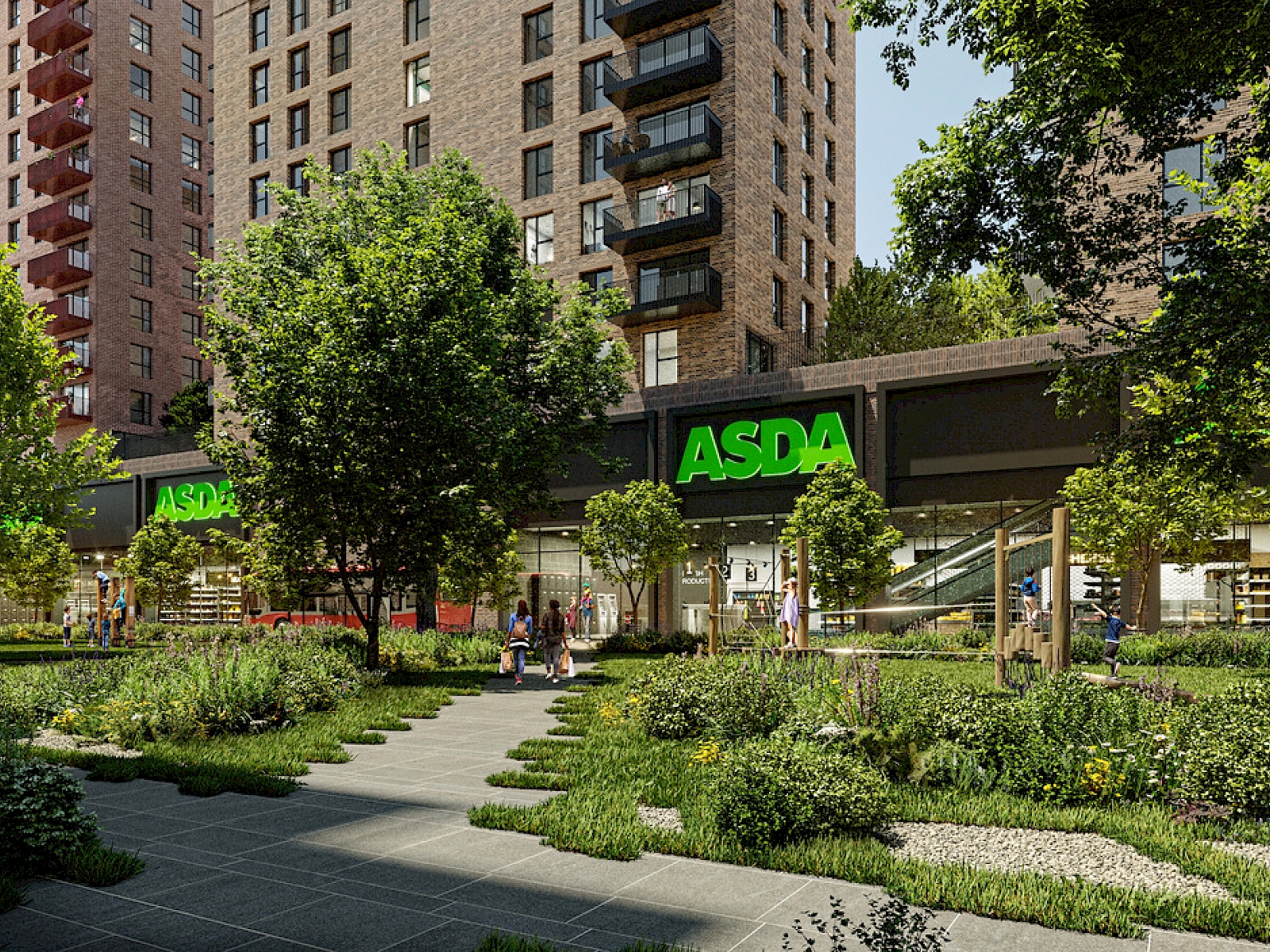
Innovation is an overused word. Probably because the definition - to innovate means to ‘make changes in something established, especially by introducing new methods, ideas, or products’ – is a little too broad. Without ‘meaningful’ or ‘positive’ in-between ‘make and ‘changes’ this definition means anything new can be badged by PR departments as innovative.
Still, we feel it’s fair to say that PTE has been at the forefront of innovation in housing, pretty much since we were founded in the 1970s. We began refurbishing historic building stock in Camden when much of the profession was still designing Modernist housing, and within a decade or so, we’d graduated to converting Riverside warehouses – New Concordia Wharf, the Anchor Brewhouse – into homes. These two iconic projects were pretty much the ‘look’ of trendy London living in the 1980s, and changed how the world viewed the English capital.
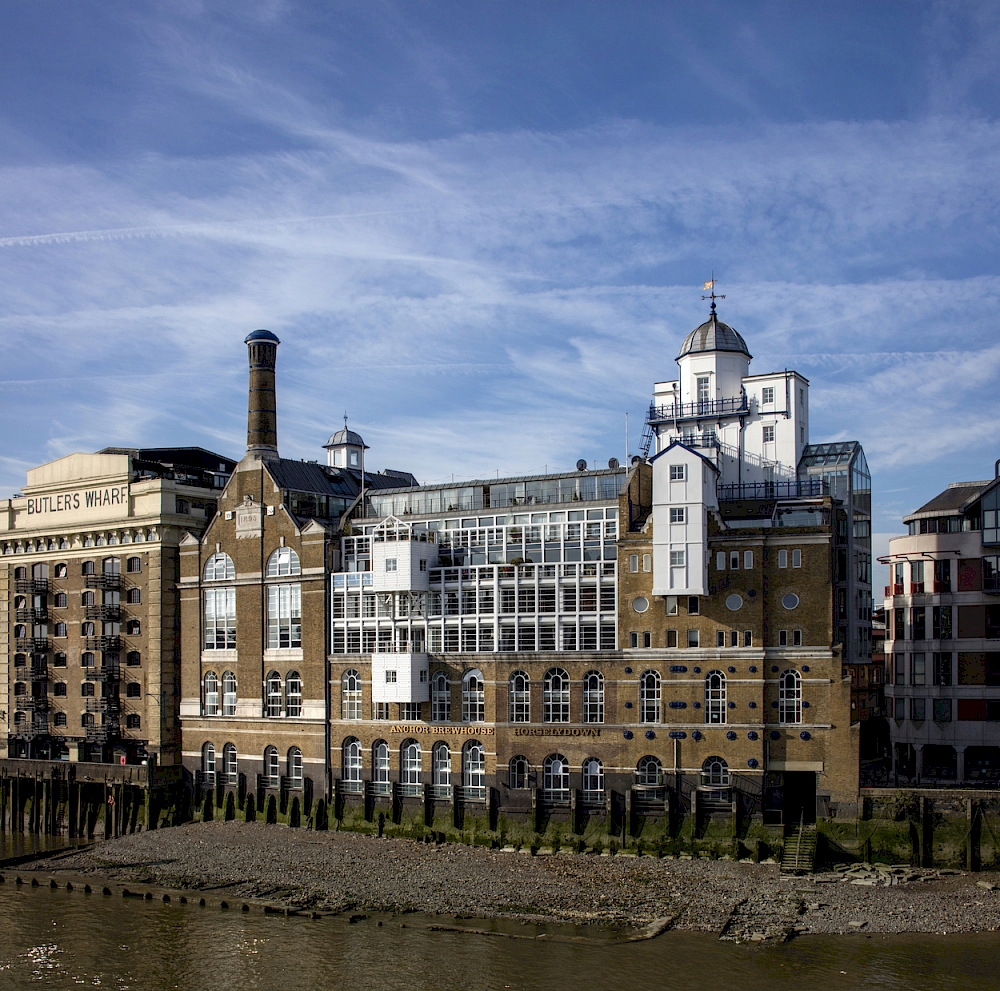
Anchor Brewhouse, Southwark
More recently, projects like 2012’s Deptford Market Yard – an exemplar combining homes with a school and a library, which pretty much defines ‘co-location’, or 2015’s New Ground Cohousing for women over 55 – which set the standard for contemporary co-design and co-living – have extended PTE’s reputation for quietly innovating residential and public architecture. You can see, too, in Motion, our housing development in Leyton, an innovative horizontal aesthetic in the facades, which seeks to break free from the overly brick-focused New London Vernacular.
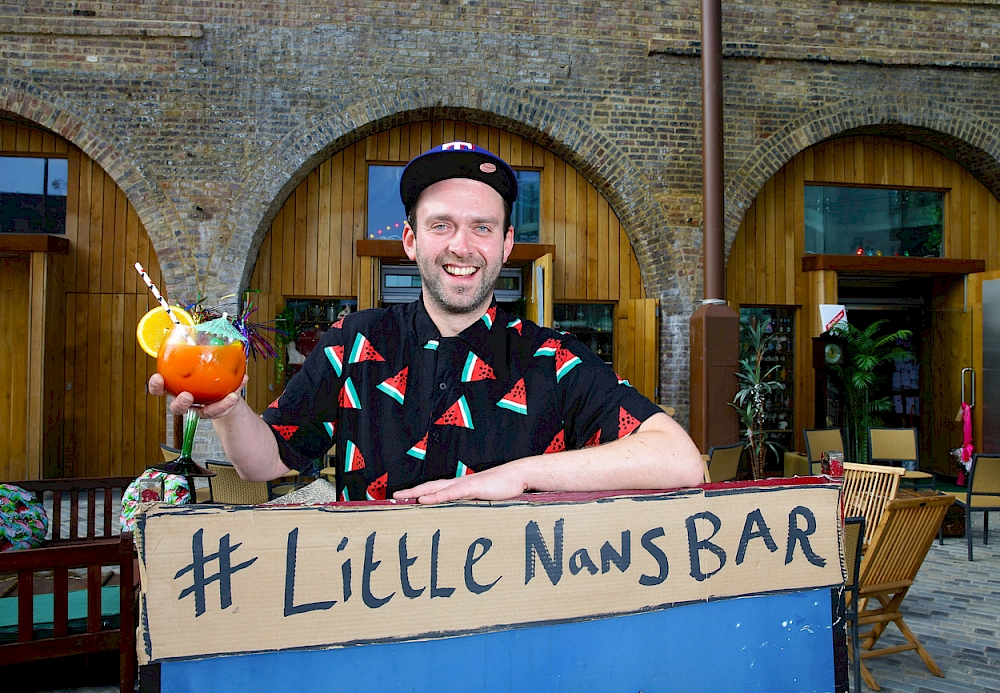
Deptford Market Yard, Lewisham
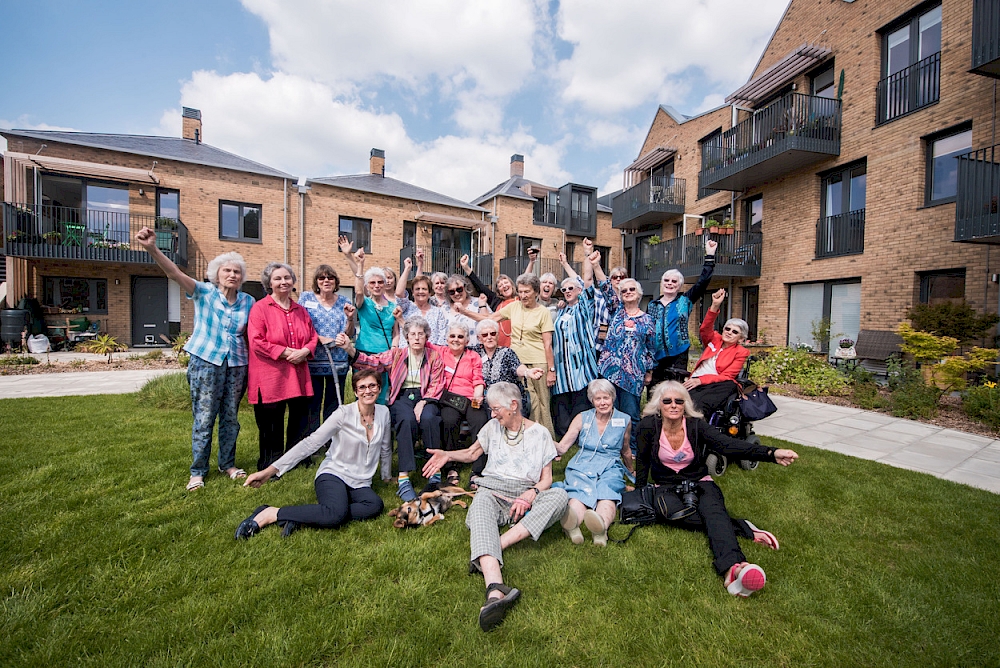
New Ground Cohousing, Barnet
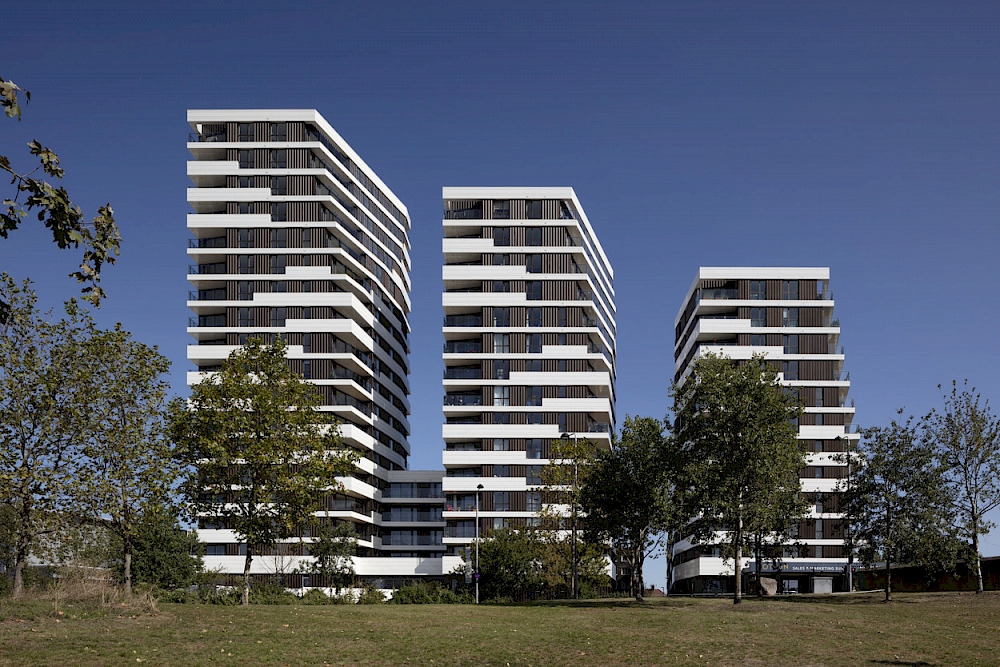
Motion, Waltham Forest
We’re proud of this track-record, and tbh, we don’t bang on about it much, but our recent appointed by Barratt, to design a new town centre in London’s Park Royal that will provide 1500 affordable homes in Northwest London, feels like another case of dipping our toes into exemplar territory once again.
Anchored by an Asda superstore the development will transform the industrial estate into vibrant residential neighbourhood.
The bold proposals will see Barratt redevelop a ten-acre Asda site in Park Royal - including one of the supermarket brand’s largest shops - into a new, people first, play- and family-friendly townscape with great transport links and easy access to local schools and public facilities.
In addition to housing, the plans include space for retail, workspace and leisure uses.
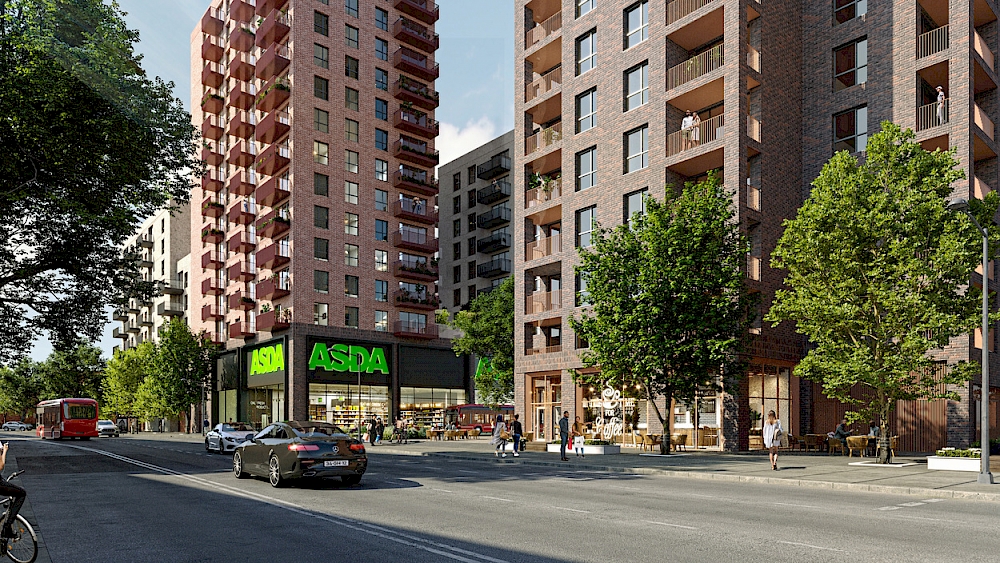
ASDA Park Royal, Ealing







